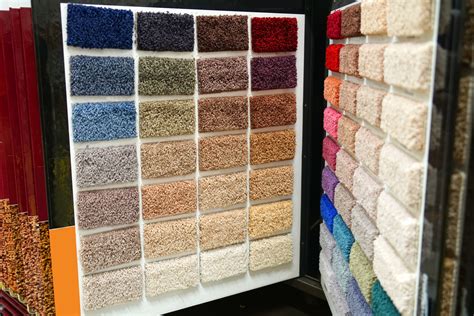Carpet Color: Considering the Long-Term Costs
Choosing the right carpet color for your home is more than just a matter of aesthetics. While personal preference plays a significant role, understanding the long-term implications of your color choice on maintenance, replacement costs, and even resale value is crucial. This article delves into the financial aspects of carpet color selection, helping you make an informed decision that aligns with both your style and your budget.
What Carpet Colors Show Dirt the Most?
Lighter-colored carpets, such as beige, cream, or light gray, undoubtedly show dirt and stains more readily than darker shades. This seemingly simple fact has significant long-term financial consequences. Frequent cleaning, whether DIY or professional, adds up over time. The need for more frequent deep cleaning or stain removal can significantly increase your maintenance costs. Consider the potential need for more frequent replacement if stains become deeply embedded, even with regular cleaning.
Do Darker Carpets Hide Stains Better?
Yes, darker carpets, such as navy, charcoal, or deep brown, are far more forgiving when it comes to hiding dirt and stains. This translates to less frequent cleaning, potentially saving you money on professional cleaning services or cleaning supplies. While stains might still occur, they're less noticeable and therefore less urgent to address. However, keep in mind that darker colors can highlight other imperfections, such as shedding or wear patterns.
How Does Carpet Color Affect Resale Value?
Neutral carpet colors, including light grays, beige, and even some muted browns, generally tend to appeal to a broader range of potential buyers when it comes time to sell your home. These colors create a sense of spaciousness and allow buyers to more easily envision their own furniture and decor within the space. Bold or highly saturated colors, while stylish for some, can be a deterrent for potential buyers, potentially impacting your home's resale value.
What are the Maintenance Costs of Different Carpet Colors?
The maintenance costs are directly tied to the color. Lighter colors require more frequent cleaning – both spot cleaning for minor spills and deeper professional cleaning to remove embedded dirt. This increases costs in terms of time, supplies, and professional services. Darker colors require less frequent cleaning, leading to potential cost savings. However, dark carpets might require specialized cleaning products to effectively remove stains, which may offset some of the savings.
Which Carpet Color is Easiest to Maintain?
While there's no single "easiest" color, darker, neutral tones generally require less frequent and less intense cleaning. However, "easy" is subjective and depends on your lifestyle and family. If you have children or pets, even darker carpets will require regular cleaning. Consider practicality alongside aesthetics.
How Can I Minimize Cleaning Costs Regardless of Carpet Color?
Regardless of your carpet color choice, proactive maintenance is key to minimizing cleaning costs. Regular vacuuming, prompt spot cleaning of spills, and using protective mats in high-traffic areas significantly reduce the buildup of dirt and stains. This extends the time between professional deep cleanings, translating into substantial savings over the carpet's lifespan.
Conclusion: The Long-Term View
Choosing a carpet color is a significant decision with lasting financial implications. While your personal style is paramount, weighing the long-term costs associated with maintenance, cleaning, and potential resale value is essential. By understanding the impact of color on these factors, you can make a well-informed choice that perfectly blends aesthetics with responsible financial planning. Consider your lifestyle, the level of maintenance you're willing to undertake, and your future plans for the property before settling on a final color. Remember, a little foresight can save you a lot of money in the long run.

